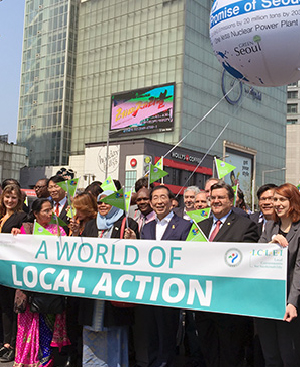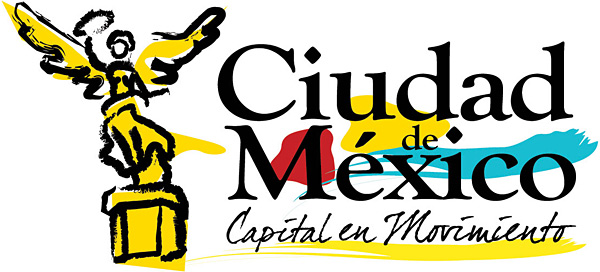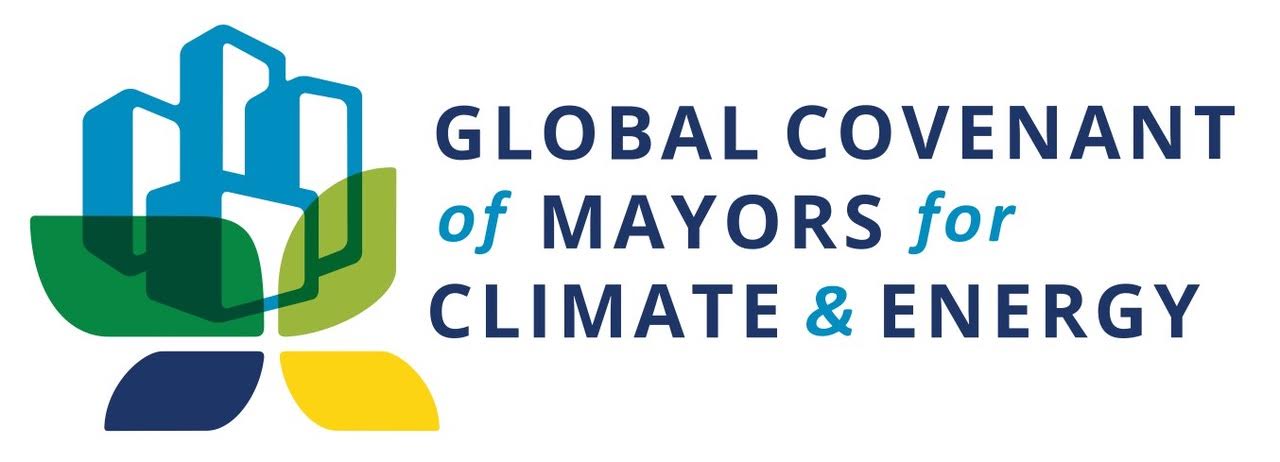- Start year: 2002
- Type: Regulation
- Status: In operation
The program aims to promote reductions in the environmental loads of urban buildings including offices and apartments by evaluating building owners’ environmentally-friendly efforts for their buildings and creating a market that highly values buildings with great environmental performance.
- Target buildings: Newly constructed or expanded large buildings with a total floor space of over 5,000 square meters (10,000 square meters from 2002 to 2010)
- Assessed items:
1) Efficient use of energy (reduction of heat loads, adoption of renewable energy, installation of energy-efficient systems, etc.)
2) Appropriate use of resources (use of eco-materials, protection of the ozone layer, global warming prevention, extension of life period, etc.)
3) Environmental conservation (hydrologic cycle, greening)
4) Mitigation of heat island phenomenon (measures against human-derived emissions, covering of building and site surfaces, consideration of wind environment, etc.)
- Evaluation and Announcement: Evaluation results are rated on a one-to-three scale and publicly announced.
Read More Read Less
Sectors:
- Residential
- Commercial
- Industrial




